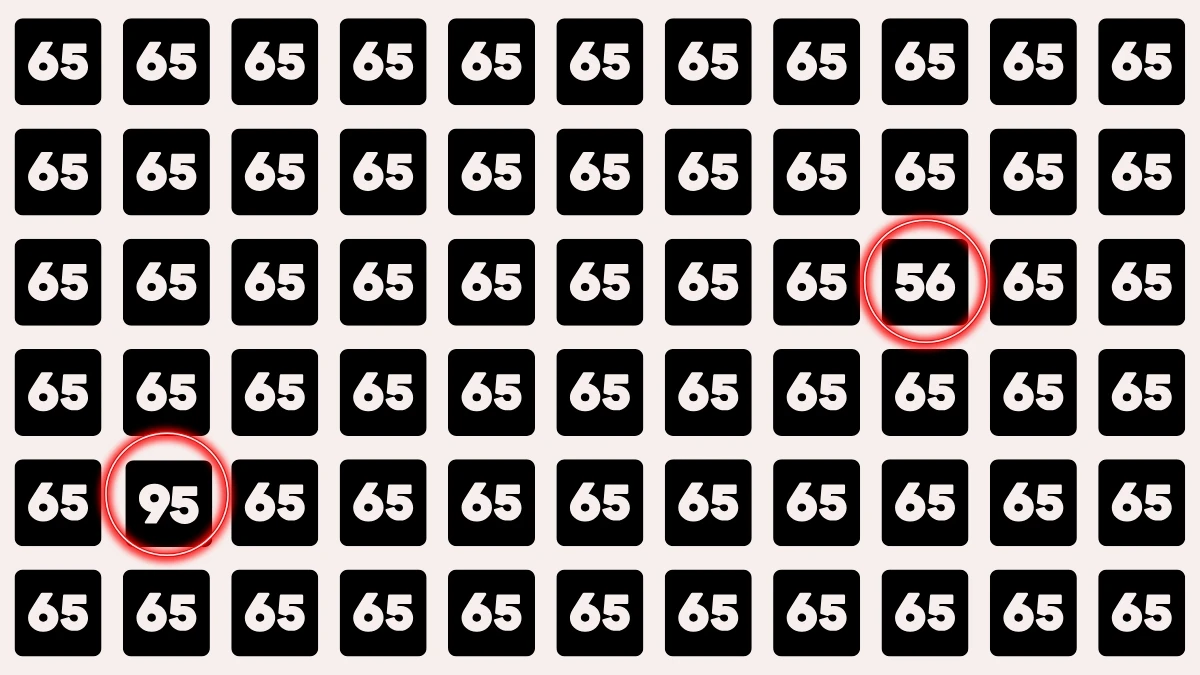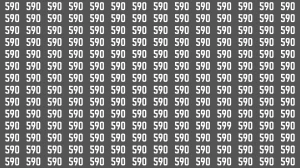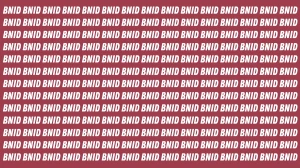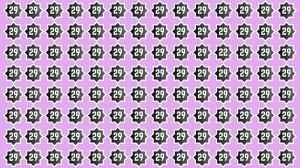Optical Illusion
An optical illusion is a visual phenomenon that tricks the brain into seeing something different from reality.
It occurs when the eyes gather information that the brain interprets in a way that doesn’t match the actual physical situation. Optical illusions work because of how our visual system processes light, color, patterns, and perspective.
The brain tries to make sense of incomplete or ambiguous images using past experiences and assumptions, which can lead to misinterpretation.
For example, some illusions make stationary objects appear to move, flat images appear three-dimensional, or parallel lines seem to bend.
These illusions reveal how perception is not always a perfect reflection of reality, but rather a mental construction influenced by context, contrast, and expectation.
Optical Illusion Eye Test Challenge: Within 7 Seconds Spot The Number 56 and 95 among 65
The Optical Illusion Eye Test Challenge is a fun and tricky visual puzzle designed to test your observation and focus. In this challenge, you need to spot the hidden numbers 56 and 95 hidden among several 65s within just 7 seconds.
At first glance, all the numbers may look identical, but a closer look reveals subtle differences that test your attention to detail.
This illusion works because our brain tends to process familiar patterns quickly and often overlooks minor variations.
The challenge pushes your visual perception limits, encouraging you to concentrate and differentiate between similar shapes. Such optical illusions not only entertain but also help improve focus, attention span, and visual discrimination.
If you can find both numbers in time, it shows that you have sharp eyesight and strong observational skills making this test a perfect blend of fun and mental exercise.
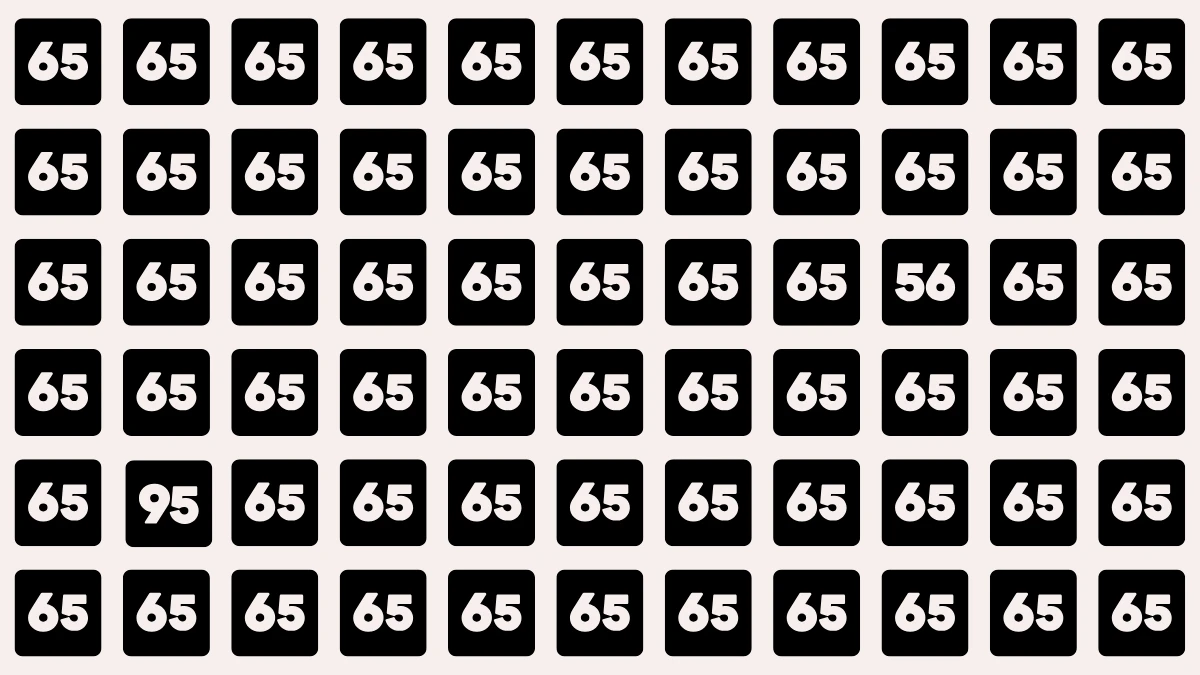
Optical Illusion Eye Test Challenge: Within 7 Seconds Spot The Number 56 and 95 among 65 - Solution
To solve this eye-test quickly, don’t read every tile. Instead, sweep your gaze for shapes that interrupt the rhythm of “65.” The first odd tile is 56 look in the right-centre portion of the grid.
You’ll notice the digits appear reversed: a rounded 5 followed by a closed 6. It sits a little below the top band and slightly left of the far-right edge.
The second intruder is 95, found toward the lower-left. While scanning downward through the left columns, the tall looped 9 instantly breaks the uniform height of the 6s, revealing 95 just above the bottom band.
A reliable method is to soften your focus, sweep in horizontal lines, and pause only when a digit’s silhouette feels wrong.
Another is a quick zigzag from the centre outward, touching every row. Using these cues, the two targets 56 in the right-centre and 95 in the lower left stand out within seven seconds.
